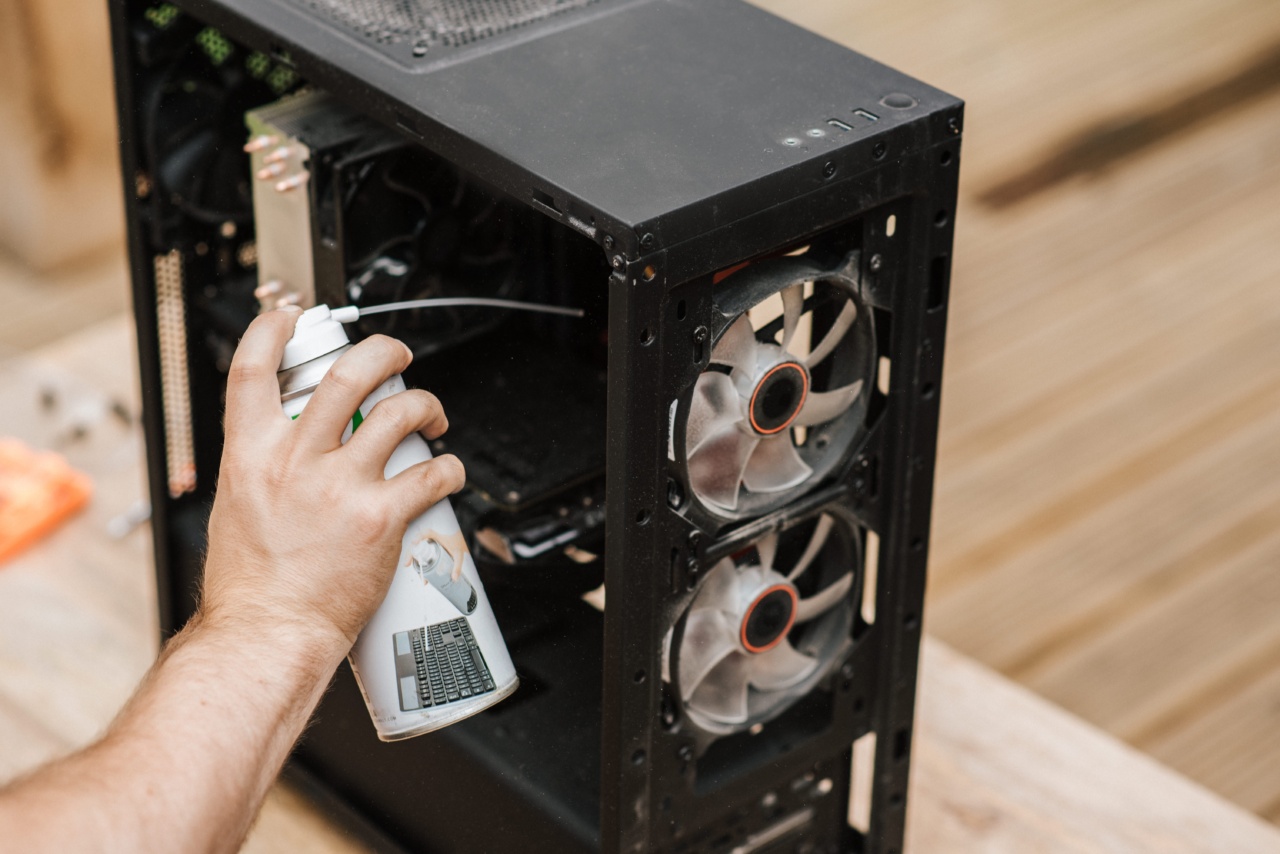Gastroscopy, also known as an upper gastrointestinal endoscopy or simply an endoscopy, is a medical procedure that allows your doctor to examine the lining of your upper digestive system.
It involves using a flexible tube with a small camera at the end, called an endoscope, which is inserted through your mouth and down into your stomach and small intestine. This procedure is commonly used to diagnose and treat various gastrointestinal conditions. If your doctor has recommended a gastroscopy, it’s natural to have some questions about what to expect.
In this article, we will walk you through the procedure and provide you with an understanding of what you can expect during a gastroscopy.
Why is Gastroscopy Done?
There are several reasons why a gastroscopy may be recommended by your doctor:.
- To investigate the cause of persistent abdominal pain or discomfort
- To identify the source of gastrointestinal bleeding
- To diagnose conditions such as gastroesophageal reflux disease (GERD), ulcers, or gastritis
- To screen for abnormalities such as polyps or tumors
- To remove foreign bodies, such as swallowed objects or food blockages
- To perform biopsies for further examination and diagnosis
Preparation for Gastroscopy
Prior to undergoing a gastroscopy, your doctor will provide you with specific instructions to prepare for the procedure. These instructions may include:.
- Fasting: You will be asked to avoid eating or drinking for a certain period before the procedure, typically for at least 6 hours. This is important to ensure a clear view during the examination.
- Medication adjustments: You may need to temporarily stop taking certain medications, particularly blood thinners or anti-inflammatory drugs, as they can increase the risk of bleeding during the procedure. Your doctor will provide guidance on any necessary adjustments.
- Medical history review: Your doctor will inquire about your medical history, including any allergies, previous surgeries, or underlying medical conditions. It is important to provide accurate information to ensure your safety during the procedure.
The Gastroscopy Procedure
The gastroscopy procedure usually takes place in an endoscopy unit or a hospital. Here’s what you can expect:.
1. Pre-procedure preparation
Before the actual procedure begins, the medical staff will guide you through several preparatory steps:.
- You will be asked to change into a hospital gown and remove any jewelry or accessories that may interfere with the procedure.
- An intravenous (IV) line may be inserted into your arm to administer medications and fluids during the procedure.
- You may be given a local anesthetic throat spray or lozenge to numb your throat, reducing any discomfort during the procedure.
2. Positioning
Once you are prepared, you will be positioned on your left side or back on an examination table.
3. Administration of sedation
To help you relax and feel more comfortable during the procedure, you may be given a sedative medication through the IV line.
4. Insertion of the endoscope
The doctor will gently insert the endoscope through your mouth and guide it down your throat. You may be asked to swallow to facilitate the passage of the endoscope.
The endoscope is a flexible tube with a light and camera, allowing the doctor to visually examine your digestive system.
5. Examination of the digestive tract
As the endoscope is progressed through your esophagus, stomach, and into your small intestine, the doctor will carefully examine the lining of your upper gastrointestinal tract.
Air may be blown into your stomach during the procedure to improve visibility.
6. Biopsies or interventions
If any abnormalities or suspicious areas are detected, the doctor may perform biopsies by taking small tissue samples for further analysis.
Additionally, certain interventions, such as removing polyps, dilating narrow areas, or stopping bleeding, can be carried out during the gastroscopy.
7. Completion of the procedure
Once the examination is complete, the endoscope will be gently removed. You will be taken to a recovery area where you will be monitored until the sedation wears off and you are fully awake.
After the Gastroscopy
After the procedure, you might experience some temporary effects, including:.
- Sore throat: You may have a mild sore throat for a day or two, which can be relieved by gargling warm saltwater or using over-the-counter throat lozenges.
- Bloating and gas: Some individuals may experience bloating or gas as a result of the air introduced during the gastroscopy. This discomfort should subside within a few hours.
- Rest and recovery: It is advised to take it easy for the remainder of the day and have someone accompany you home if you received sedation.
When to Seek Medical Attention
In general, gastroscopy is considered a safe procedure. However, it’s important to be aware of potential complications. Seek medical attention if you experience any of the following after a gastroscopy:.
- Persistent or worsening throat pain
- Difficulty breathing or swallowing
- Severe abdominal pain
- Persistent vomiting or inability to keep fluids down
- Signs of infection, such as fever or chills
Conclusion
Gastroscopy is a valuable diagnostic tool used to examine and treat various gastrointestinal disorders. By understanding what to expect during the procedure, you can approach it with confidence.
Remember to follow your doctor’s instructions for preparation and post-procedure care to ensure a successful and smooth experience. If you have any concerns or questions, do not hesitate to speak with your healthcare provider.





























